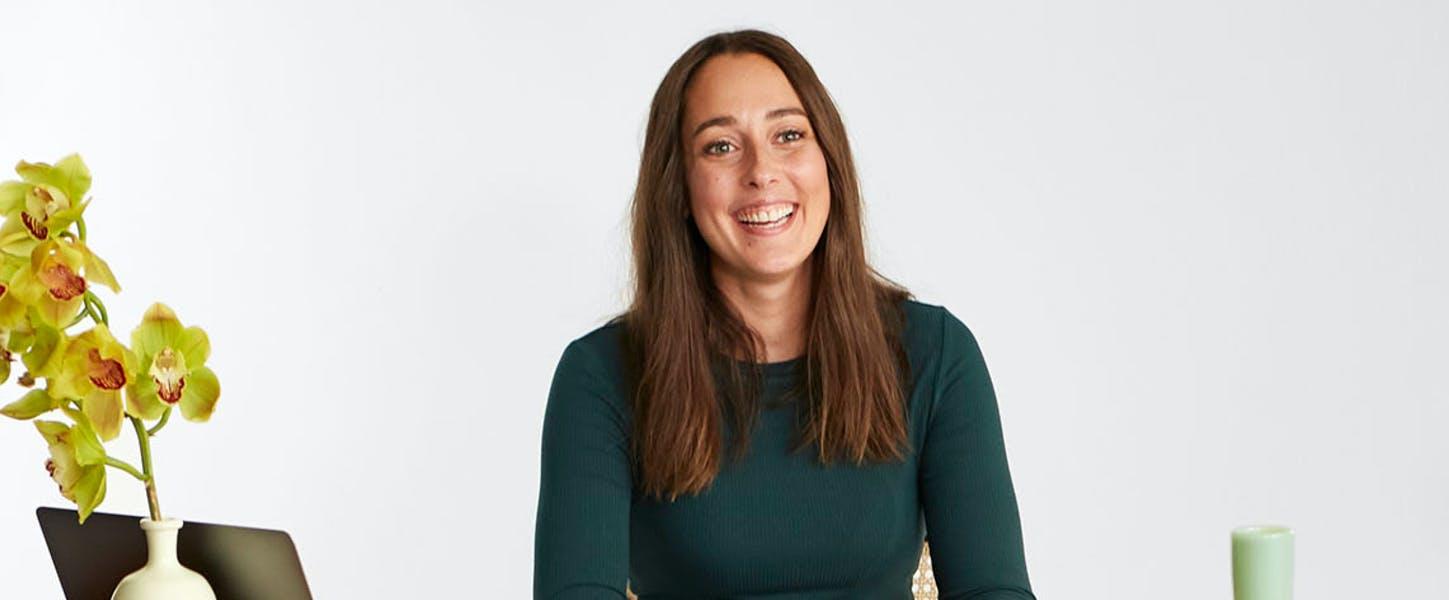
No budget? No problem. Here's how to get results from paid social media, paid search and more - even on a limited budget.
There’s little doubt that digital marketing works. But complex marketing strategies can be costly, and they can seem out of reach for start-ups, small businesses and those on a tight budget.
Luckily, says Jordan Lomax, the director of The Social Lab, it’s possible to get great outcomes without a huge investment.
“There’s a common misconception that you need big budgets for digital marketing campaigns,” says Lomax, who features in Afterpay Access’ first Accelerate video, Digital marketing on a shoestring budget, below. In the video, Lomax – who has consulted for a range of brands from Spotify to Shopbop and who also teaches social media skills at General Assembly – reveals how to navigate social media, paid search (Google Ads), YouTube and display advertising on a limited budget.
You can view the series, which is presented in four instalments (just as Afterpay allows customers to make purchases in four payments) below. You can also find extra information about the topics that Lomax discusses, with helpful links, below...
WATCH: Digital marketing on a shoestring budget
First up: Instalment 1: Intro
Want more information on Instalment 1?
“You can absolutely get results from a smaller budget,” says Lomax. But before you get started, she recommends considering the following factors:
- Timing: Invest in digital marketing when competition is low (not Christmas or Black Friday for example).
- Awareness: Are consumers familiar with your product or service? This will inform which platform you use.
- Goals: What are your ultimate goals? Conversions? Awareness? Email subscribers?
- Planning: What will you do if people click on your ads but don’t buy anything?
Another tip? Ensure that your website is optimised. Slow loading speeds or a complicated check-out process may mean that even if your ad is successful, customers won’t convert (buy anything). To check your loading times, head to Google Speed Test or Website Grader. Both are free tools.
Instalment 2: Paid social media on a shoestring budget
Want more information about Instalment 2: paid social media?
Trying to work out which platform will deliver the best results? “When choosing your social media platform, think about where your customers are, not where you feel comfortable,” advises Lomax.
She also recommends thinking outside the box and considering platforms such as Pinterest and Spotify for ads.
For those on a budget, it’s important to target your owned audiences first. That means focusing on customers who are already familiar with your brand, such as email subscribers, social media followers or website visitors. You can also create a ‘lookalike audience’ that mirrors your existing owned audience. For more information on lookalike audiences, head to this explanation on Facebook.
It’s also worthwhile to learn about dynamic ads tools, which mix and match your ad creative and copy to deliver personalised results to social media users, based on an algorithm. To find out more about dynamic ads tools, head to this explanation from Facebook.
Before you invest in paid social media, remember to calculate your ROAS (return on advertising spend). This means deciding how much money you want or need to make versus the amount that you spend on advertising. For a simple explanation of ROAS, head to Social Media Examiner.
Instalment 3: Paid search and display advertising on a budget
Want more information about Instalment 3: paid search and display advertising?
Investing in paid search means paying for your product or business to appear more prominently in Google searches. “What’s great about paid search is that you don’t pay unless people actually click on your ad,” says Lomax.
When deciding which keywords to ‘bid’ on, Lomax recommends thinking about questions and moments. “When people come to Google, or any search engine, they’re not thinking of words, they’re thinking of questions. So, let’s say I’m a digital marketing agency… rather than bidding for ‘digital marketing agency’ I would instead think of the moment people need a digital marketing agency, so I would bid on phrases like ‘Why aren’t my Facebook ads working’.”
E-commerce retailers should also consider Google Shopping placements, which now account for more than half of all search traffic to retailers. It’s also important to be mindful of your Google Quality Score, which is Google’s evaluation of the quality of your ads and website. The higher your quality score, the less your ads will cost. To find out more about Google’s Quality Score, head to this explanation from Google.
When it comes to display ads, Lomax suggests viewing this type of advertising as a prospecting, rather than conversion, tool. If you need help creating banner ads (or display ads), she recommends Bannersnack, an affordable way to instantly resize and generate display advertising. “I’m a graphic designer, and I still use this because it’s so easy!” she says.
Instalment 4: YouTube and summary
Want more information about Instalment 4: Paid YouTube?
YouTube is a great platform for brands on a budget because, like Google Ads, you only pay for the ads that people actually view, says Lomax.
To learn more about how to use YouTube, or any of the other platforms that Lomax talks about in Afterpay Accelerate’s video Digital marketing on a shoestring budget, she advises looking at free online resources, such as:
- Google offers free training videos for all types of digital marketing at Digital Garage.
- Shopify Compass provides free e-learning on its blog.
- Facebook offers free online training courses.
All references to any registered trademarks are the property of their respective owners. Afterpay does not endorse or recommend any one particular supplier and the information provided is for educational purposes only.
Categories